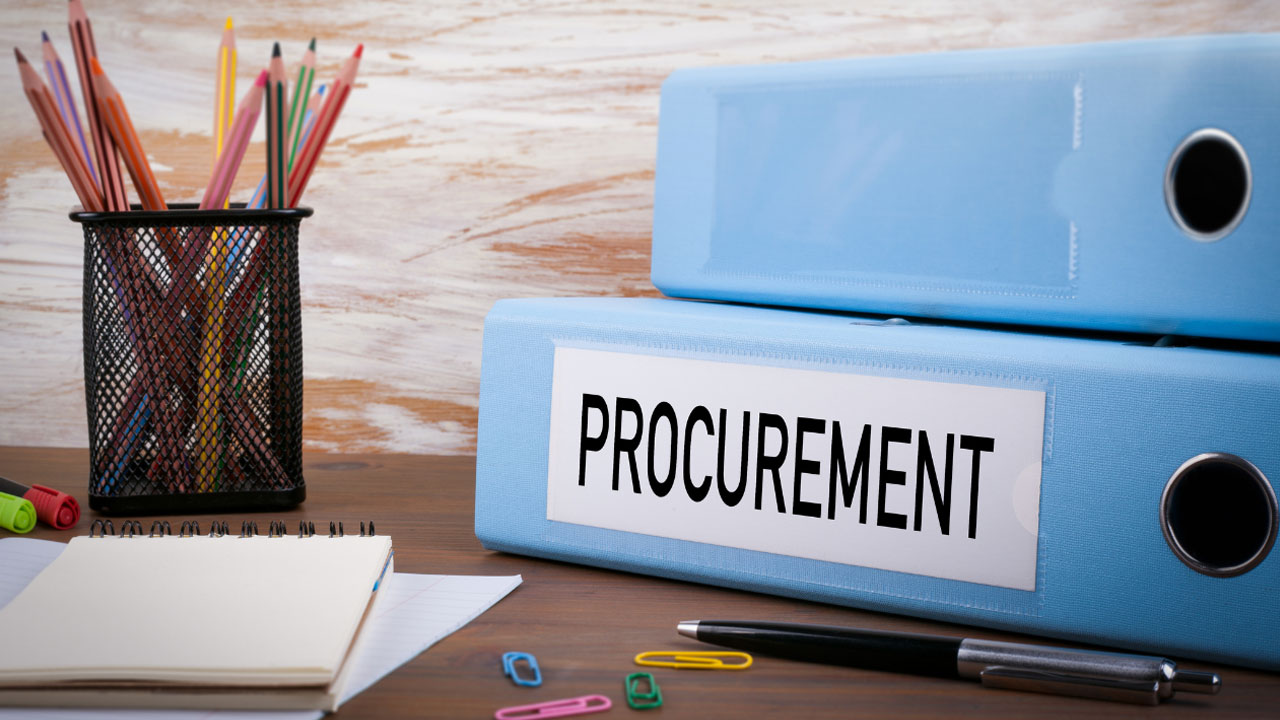
Procurement has always been a critical function in business. It connects organizations to the suppliers, resources, and materials they need to keep operations running. Done right, procurement fuels growth, reduces costs, and ensures businesses stay competitive. Done poorly, it creates inefficiencies, introduces risks, and limits a company’s ability to scale.
Yet traditional procurement processes, which often rely on paper-based workflows, siloed systems, and reactive decision-making, are struggling to keep pace with today’s demands. Global supply chains are more complex than ever, regulations are stricter, and businesses are under constant pressure to reduce costs while improving agility.
This is why technology has become the new backbone of procurement. Tools powered by Artificial Intelligence (AI), Blockchain, Robotic Process Automation (RPA), IoT, and cloud-based ERP systems are helping organizations overcome long-standing barriers. They provide real-time insights, automate repetitive tasks, and create stronger, more transparent relationships with suppliers.
Platforms like LogiTrac360 are already showing how integrated, tech-driven procurement can deliver end-to-end visibility, smarter analytics, and automation at scale. By leveraging such platforms, companies not only address today’s procurement challenges but also future-proof their strategies against tomorrow’s disruptions.
Let’s explore the seven most pressing challenges in procurement and how technology is solving them.
Many organizations struggle to track and analyze their spending across departments, business units, and geographies. Data is often scattered across different systems, making it hard to see where money is going. Without visibility, procurement teams can’t identify inefficiencies, negotiate better contracts, or prevent overspending.
AI-powered spend analytics tools consolidate data from multiple sources and provide real-time reporting. These platforms classify spend categories automatically, highlight anomalies, and identify cost-saving opportunities.
For example, a multinational corporation might discover through AI analytics that multiple departments are buying the same materials from different suppliers at different prices. Armed with this insight, procurement leaders can consolidate vendors, negotiate volume discounts, and cut costs significantly.
Finding reliable suppliers is tough. Procurement teams must ensure suppliers meet quality, ethical, and compliance standards while also assessing risks such as financial instability, geopolitical exposure, or environmental violations. Traditional evaluation methods—reference checks and manual audits—are time-consuming and often inadequate.
Blockchain technology enables transparent and immutable records of supplier performance. Every transaction, certification, and compliance record can be stored securely, creating trust and accountability.
Supplier risk management platforms integrate data on financial health, regulatory compliance, and ESG (Environmental, Social, Governance) performance. Together, these technologies help companies monitor suppliers continuously rather than relying on one-time evaluations.
Traditional procurement processes are often bogged down by manual, paper-heavy workflows—creating delays in approvals, order placements, and contract management. Not only is this slow, but it also increases the risk of human error.
Robotic Process Automation (RPA) streamlines repetitive tasks like invoice matching, purchase order creation, and approval routing. Meanwhile, e-procurement platforms digitize the entire procurement cycle—from requisition to payment.
By automating routine work, organizations reduce cycle times and free employees to focus on strategic activities like supplier negotiations or market analysis.
Operating globally exposes businesses to a complex web of regulations—labor standards, data protection laws, environmental regulations, and anti-bribery statutes, to name a few. Ensuring compliance across multiple jurisdictions is a daunting task, and non-compliance can lead to legal penalties, reputational damage, and supply disruptions.
Smart contracts, built on blockchain, execute procurement agreements automatically when predefined conditions are met. For instance, payment is only released when delivery is confirmed, and all compliance documents are validated.
Compliance management platforms centralize regulations, automate checks, and provide alerts when risks arise. These systems also generate audit-ready reports, reducing the burden of regulatory inspections.
Procurement data often lives in disconnected systems—finance tools, ERP platforms, spreadsheets, and supplier databases. This fragmentation leads to duplicate records, inconsistent data, and errors that undermine decision-making.
Cloud-based ERP systems unify data across procurement, finance, logistics, and operations. Integrated procurement software ensures accuracy by creating a single source of truth for all data.
With centralized platforms, procurement leaders gain reliable insights into costs, supplier performance, and compliance metrics. Data accuracy also strengthens predictive models that depend on clean inputs.
When suppliers and buyers lack effective communication channels, delays, misunderstandings, and inefficiencies follow. In global supply chains, time zone differences and cultural barriers make collaboration even harder.
IoT-enabled supply chain networks provide real-time updates on shipments, production status, and inventory levels, keeping both buyers and suppliers aligned.
Supplier collaboration portals act as centralized communication hubs where contracts, forecasts, and performance dashboards are shared transparently. This creates stronger partnerships and reduces costly misunderstandings.
Procurement is no longer just about cost-cutting. Businesses expect procurement teams to create long-term value by improving supplier partnerships, sustainability, and innovation. But with rising costs and economic uncertainty, optimization is harder than ever.
AI-driven predictive analytics forecast price trends, identify opportunities for strategic sourcing, and even provide negotiation insights. For example, if AI predicts rising raw material costs, procurement teams can lock in favorable contracts early.
These insights shift procurement from a tactical cost-control function to a strategic driver of value creation.
Procurement is moving toward a future where digital-first strategies dominate.
Forward-thinking organizations are already experimenting with digital twins—virtual models of procurement systems that allow for scenario testing and risk forecasting. This kind of innovation will set the standard for the next decade.
Procurement is evolving from a back-office function into a strategic powerhouse, thanks to technology. By addressing the seven key challenges—spend visibility, supplier management, manual processes, compliance, data accuracy, collaboration, and cost optimization—companies can transform procurement into a driver of efficiency, resilience, and long-term value.
The adoption of AI, Blockchain, IoT, RPA, and integrated cloud systems ensures that organizations don’t just solve today’s pain points but prepare for tomorrow’s opportunities. Platforms like LogiTrac360 highlight how integrated, end-to-end technology solutions can empower procurement leaders with visibility, intelligence, and automation at scale.
